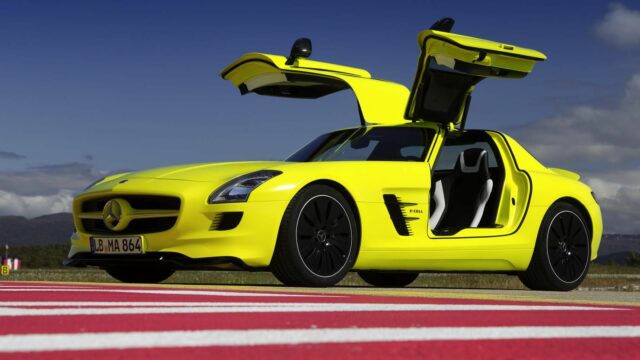The company’s “Purpose” initiative tries to understand the ‘Why’ behind what it does
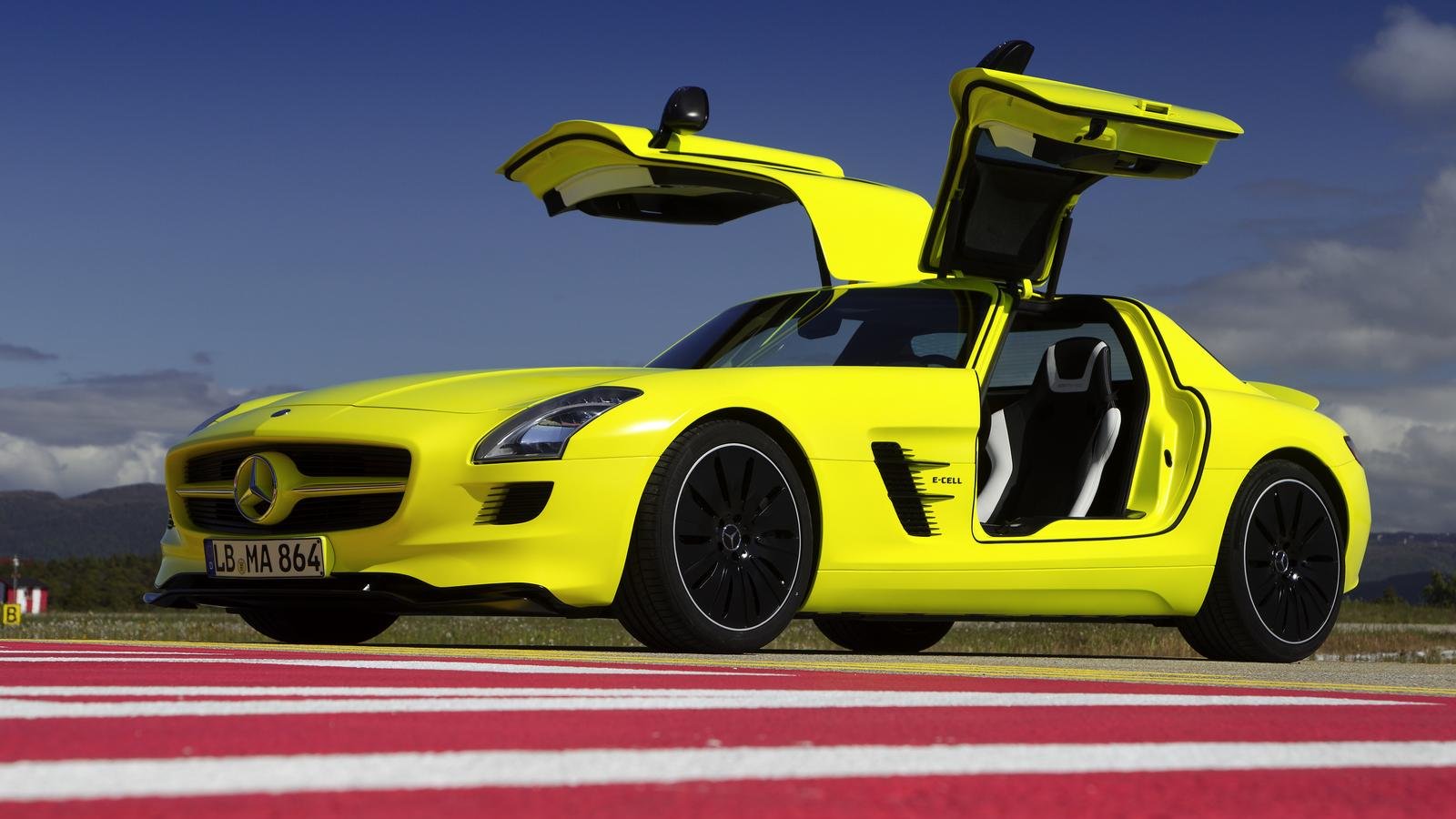

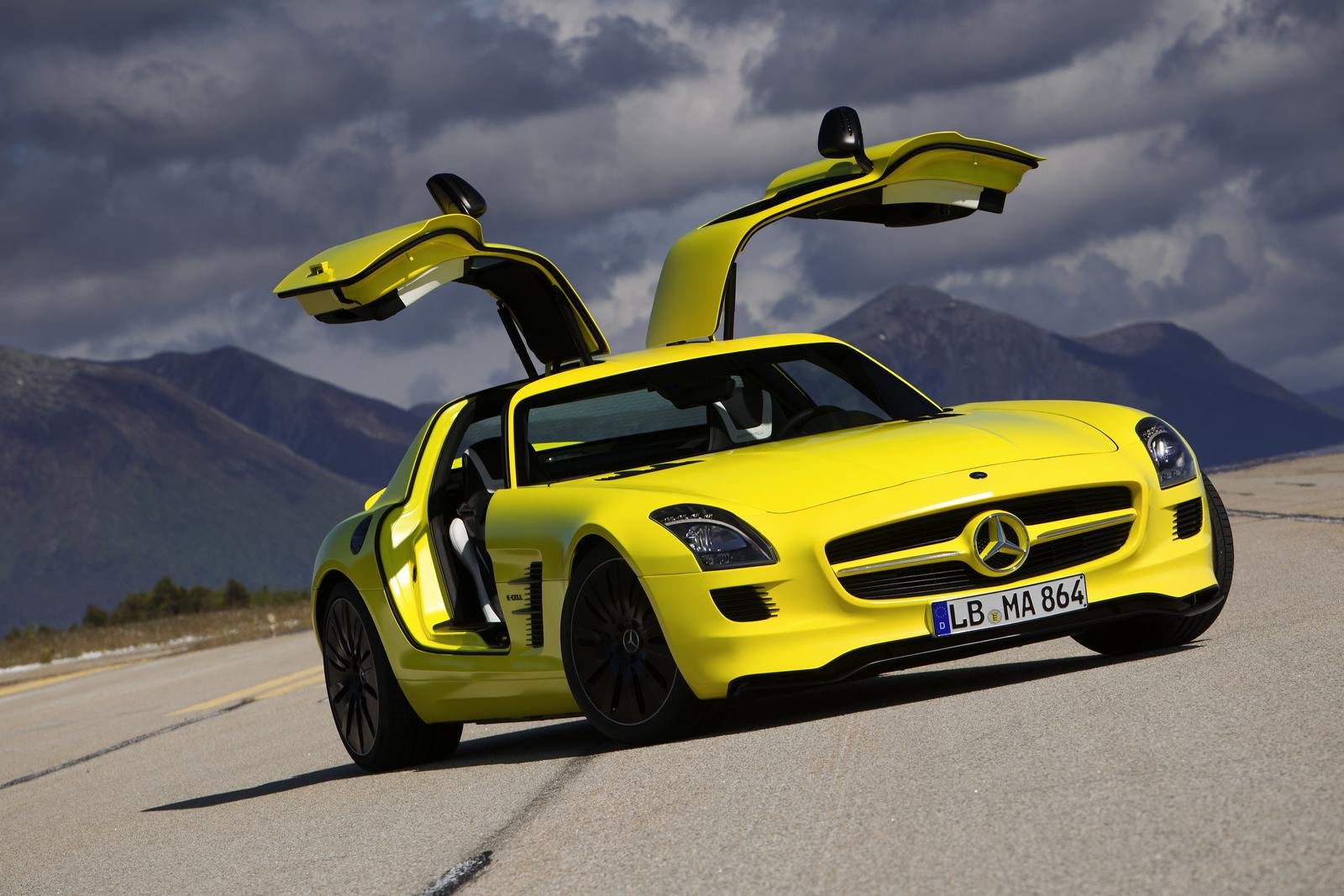

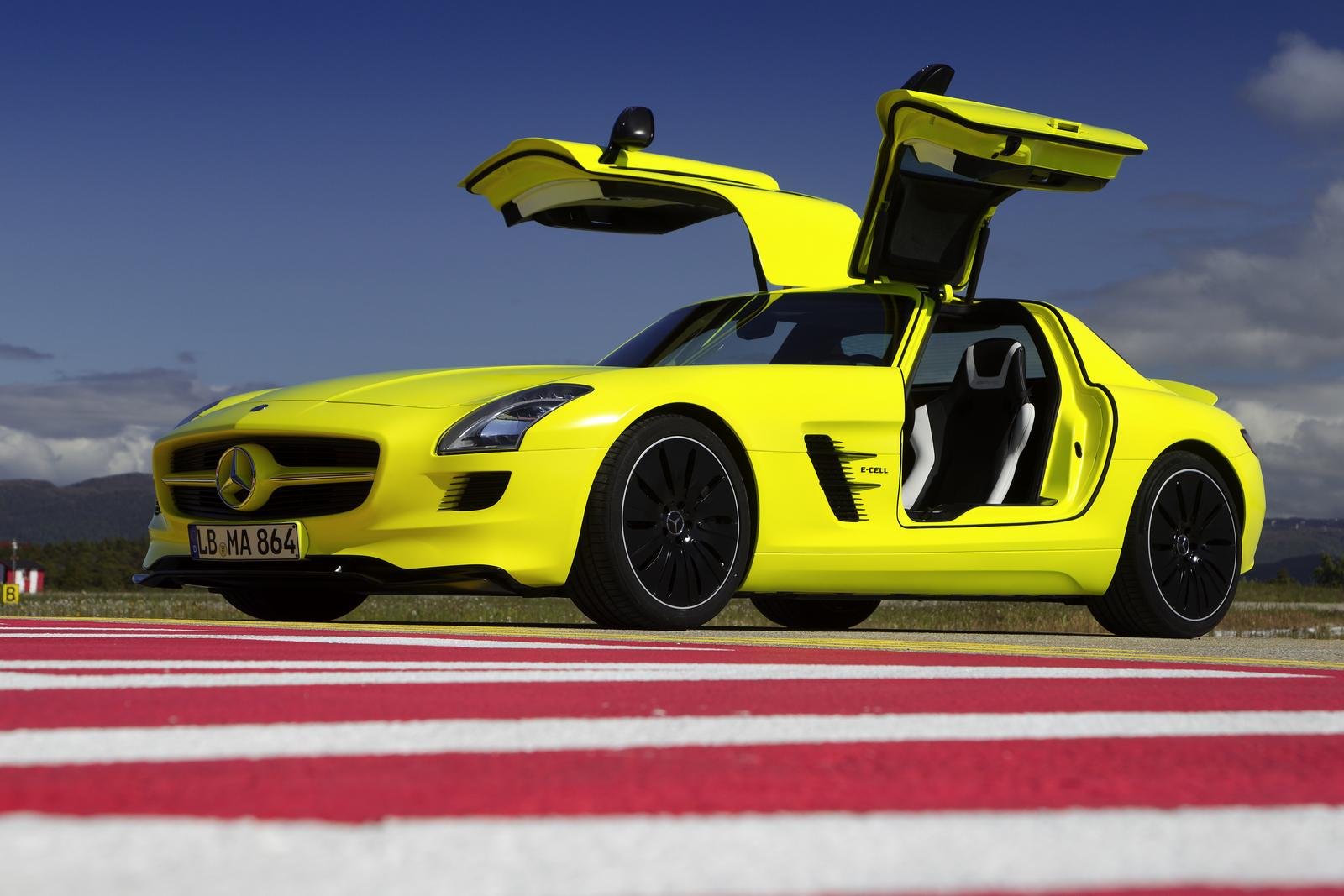

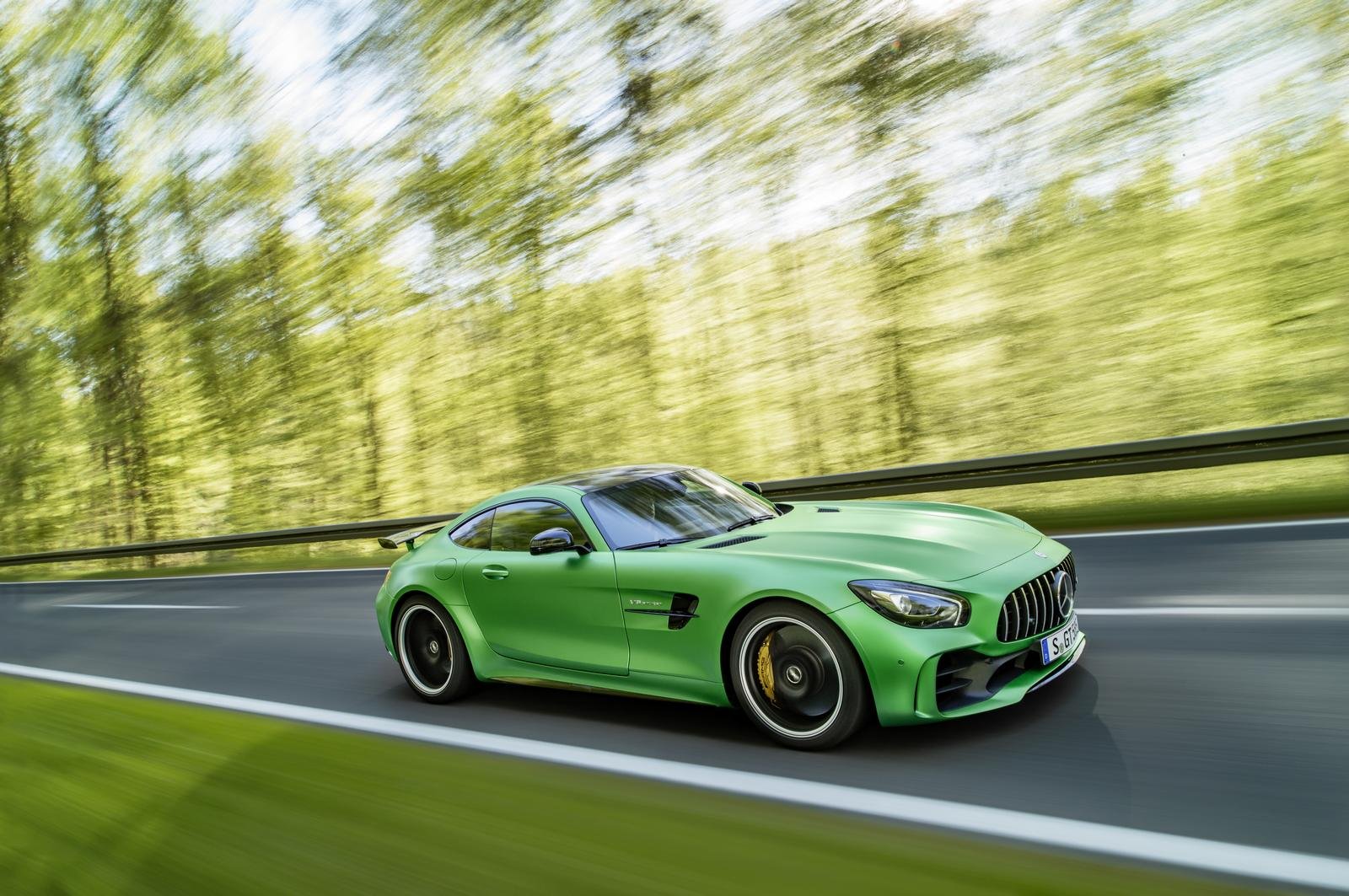
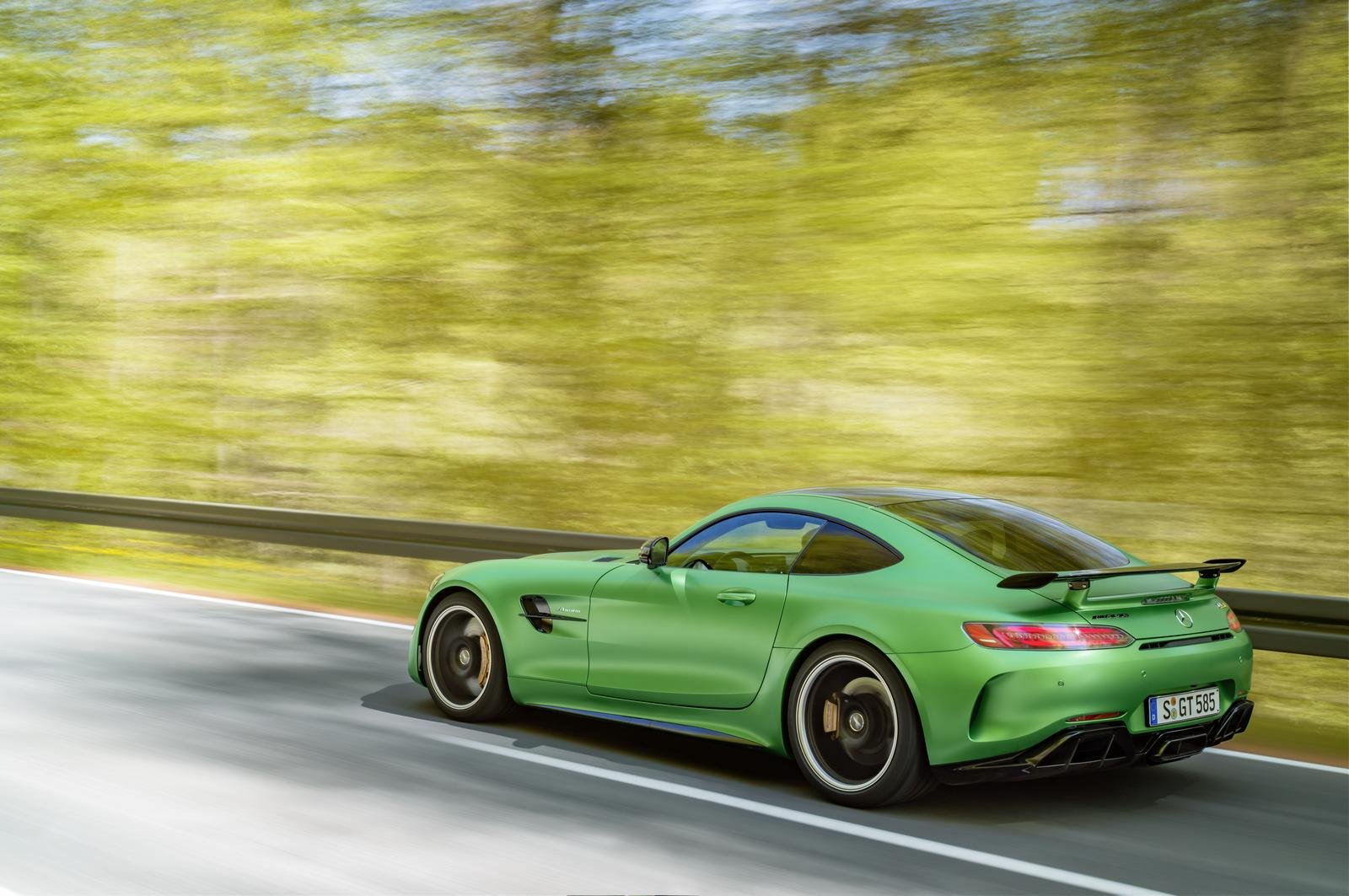
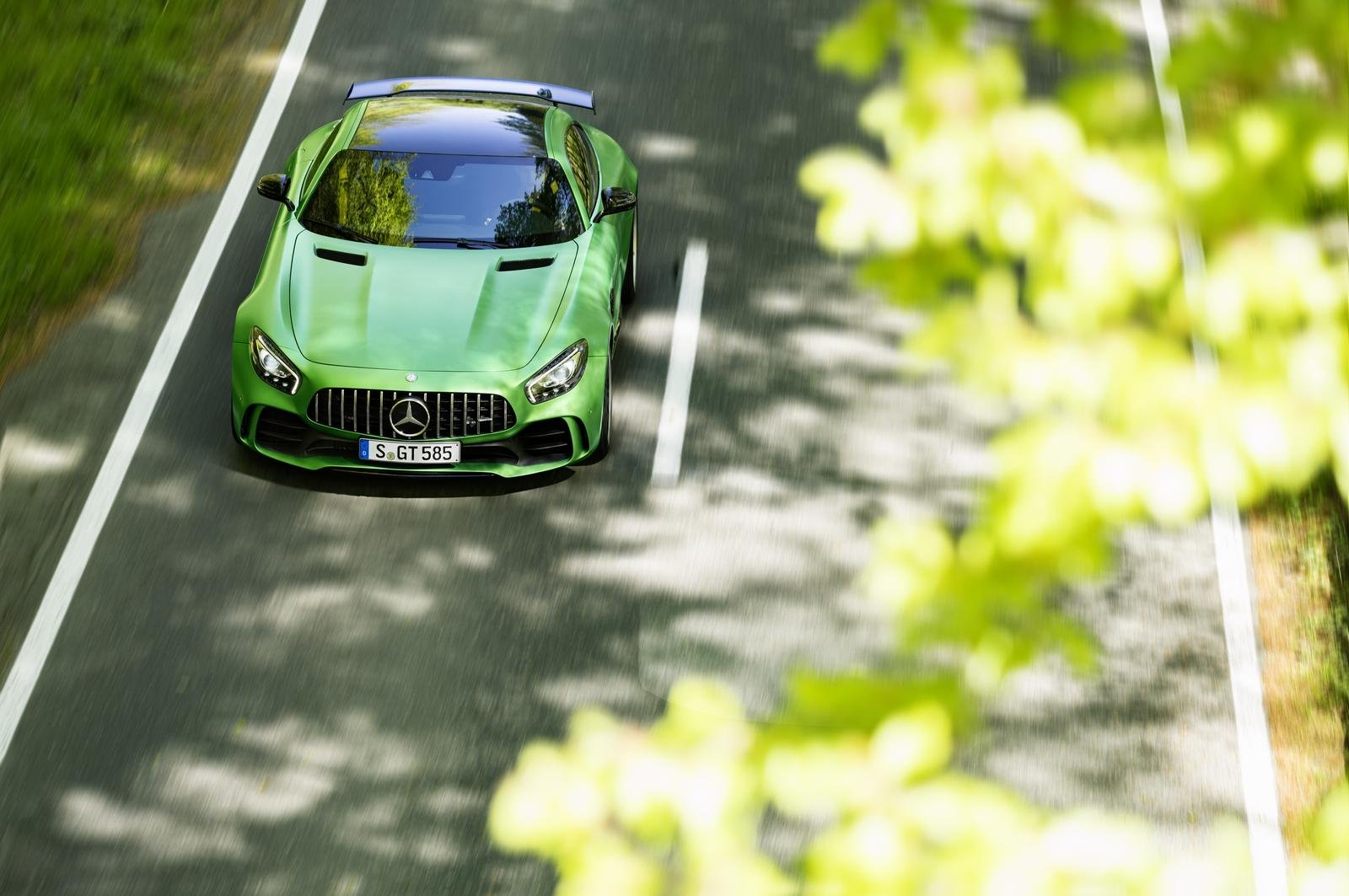
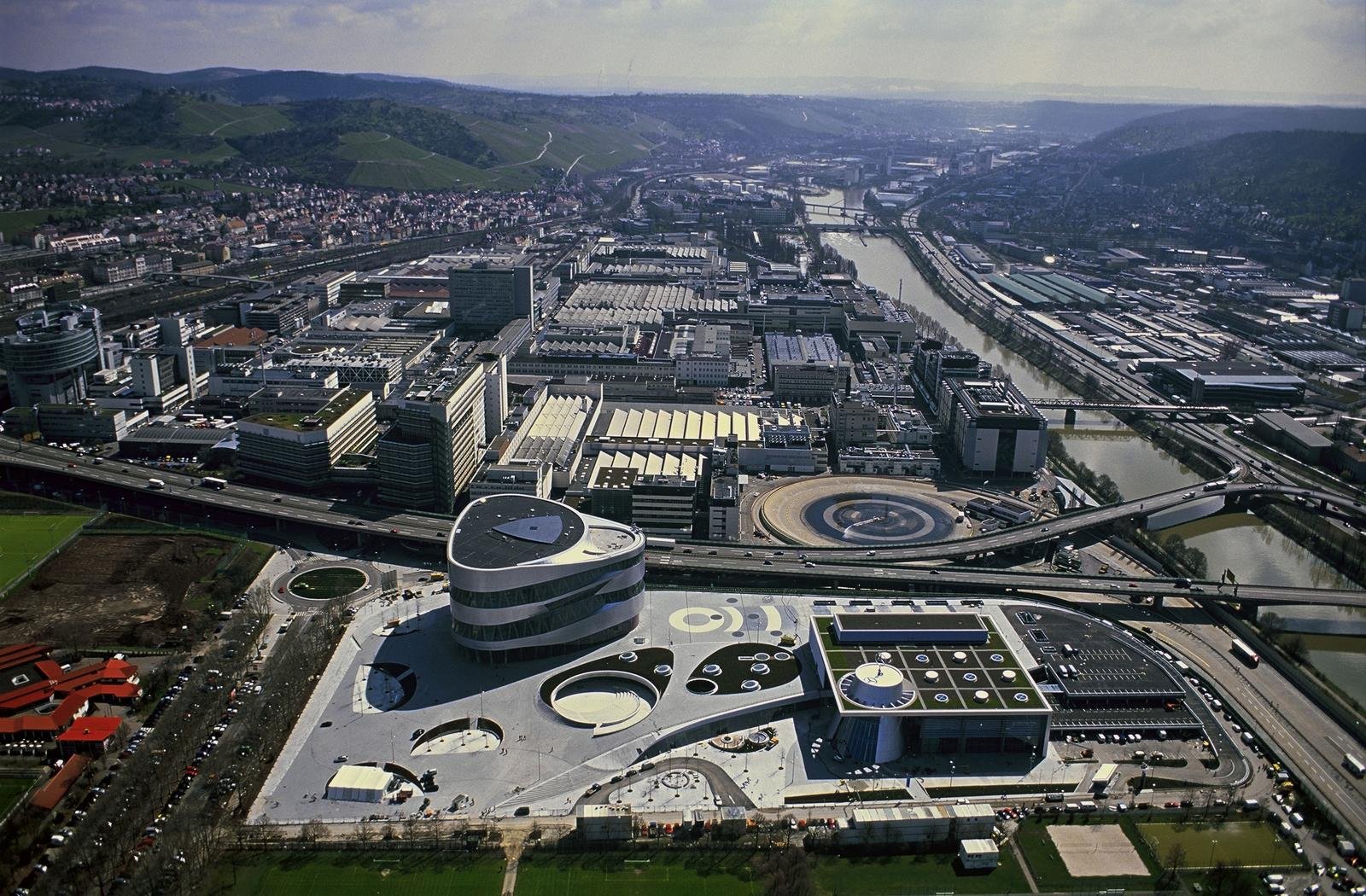
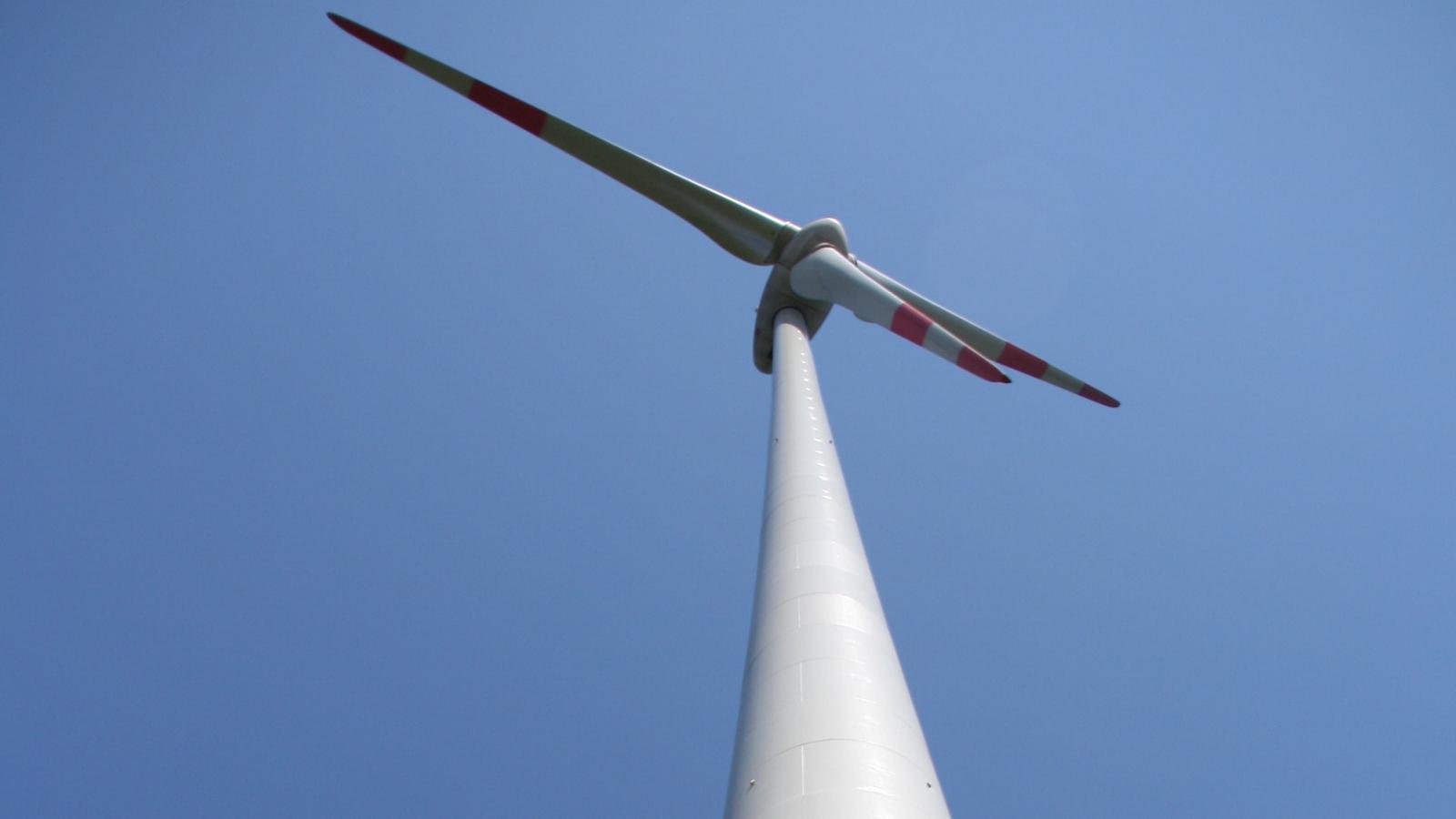
Making electric cars is just one way in which car manufacturers can reduce their impact on the environment, but there's also the problem on how these cars are made in the first place. German carmakers come with some ideas that should be adopted by the industry as a whole.
Mercedes-Benz produces over 2.4 million passenger cars per year, many of them with powerful engines and sizeable CO2 emissions. While it has plans to completely electrify its range by 2022, offering a hybrid or electric version of each of its models, it still has to catch up with other European carmakers when it comes to making its plants CO2 neutral. The good news is, the company just announced it has plans to do so.

“From 2022, the production of our Mercedes-Benz plants in Germany will operate CO2-neutral. Thereby, we completely forego coal-based electricity and obtain our electrical energy from only renewable sources“
Markus Schäfer, Mercedes-Benz
Renouncing dirty coal-based electricity is rather difficult in Germany, where more than 36% of the energy is coming from hard coal and lignite. Renewable energy generation is on the rise, reaching 33.3% in 2017, but the country still lags behind in total CO2 emissions per kWh compared with other similar countries or states. It emits nine times more greenhouse gases than France or Sweden (who rely on a combination of nuclear and hydropower), and twice more than New England states or even the state of New York. Doing the same in Poland, where Mercedes-Benz currently builds a plant, would be even more difficult, as that country is one of Europe's heaviest polluters, with its energy being based almost entirely on coal and oil.

But why bother? After all, Mercedes-Benz cars are bought mainly by petrolheads and people who don't hug trees and go full vegan. Well, because just marking in fat profits is just not enough in 2018. As the company's CEO put it:
"Over the past few months we have asked ourselves some fundamental questions: What truly motivates us, above and beyond our profitability targets? Why are our employees, customers, and shareholders proud to be part of this company? (…) Our responsibility is not just to challenge ourselves, but to challenge the industry we founded and improve the world we founded it for.
After that emotional bit of soul-searching, Mercedes-Benz announced it wants to become sustainable through five main actions:
– Installing photovoltaic systems on the factories' roofs, to power at least part of the energy consumption there.
– Converting the production micro-grids from an alternating current (AC) to a direct current (DC) architecture. This is, perhaps, the most interesting idea: computers, industrial drives, robots, production technologies, and even the hall lighting already require direct current. However, production grids are powered today by alternating current which has to be converted first. Therefore, direct current based grids offer lower conversion losses and can use regenerative energy directly in production.
[NativeAd]– Using regenerative braking in this DC-based grid, just like in hybrid and electric cars: the energy can be efficiently converted back to electric energy when slowing down or stopping industrial drives or robots.

– Using stationary power grids: the renewable energy is stored temporarily in batteries to compensate for the volatile availability of renewable energies. At least part of these batteries will be recycled from the company's electric vehicles and used a second time as stationary power storage. It's basically the same core technology already available from Mercedes-Benz Energy Storage Systems, but on an industrial scale.
– Last, but not least, a host of measures for reducing energy consumption by changing behavior. These include generally visible energy-saving tips, training courses, and energy efficiency roadshows in production. Installation of energy-saving LEDs, automatic shutdown of consumers during breaks and during non-production periods or highly efficient turbo compressors for central compressed air generation contribute to further energy saving. The measures are supported by efficient control of the electrical power supply.

Next time you'll look at a Mercedes-Benz car, please keep in mind all the efforts the brand has to do just to let you enjoy the sound of an AMG GT roaring in the mountains, spewing lots of CO2 into the environment for your pleasure. It's not just the car, you know. It's the whole production process.

Go read Dieter Zetsche's interesting words on his Linkedin profile to find more about how Daimler AG's management sees the future.
OR YOU COULD READ THIS: Mercedes-AMG will switch to electrified powertrains because it has to, but is that good news?
